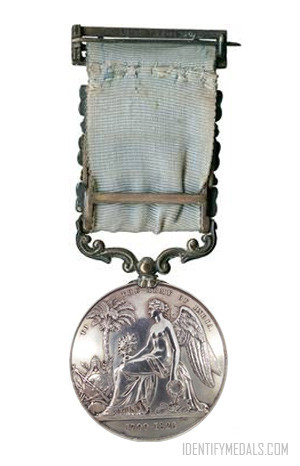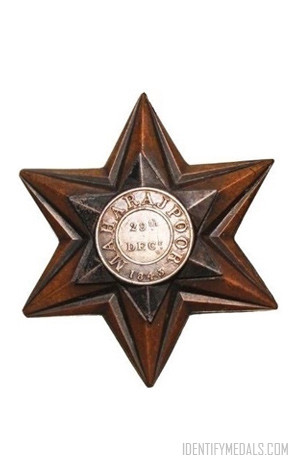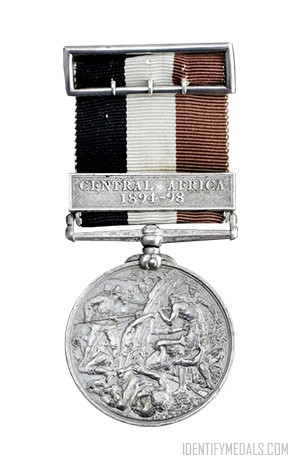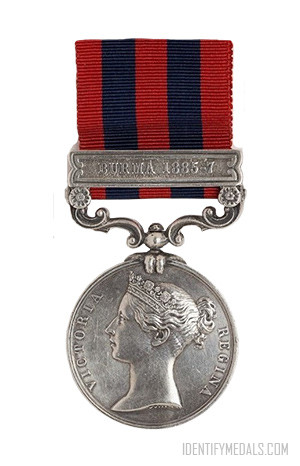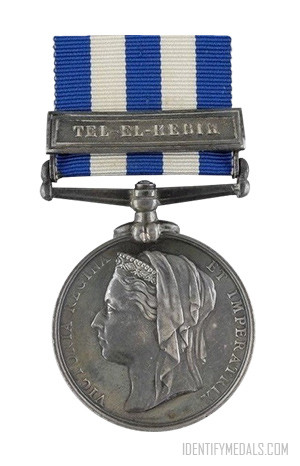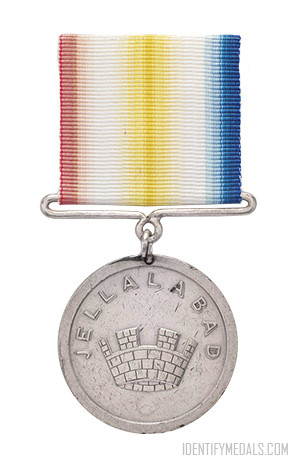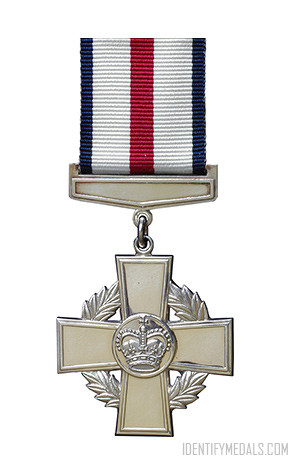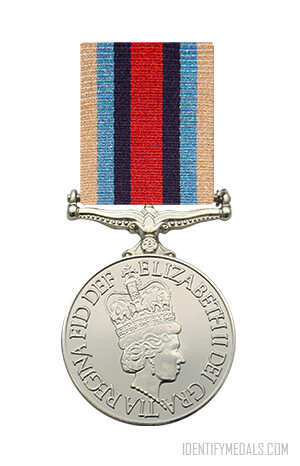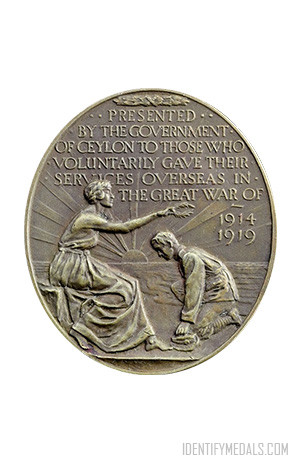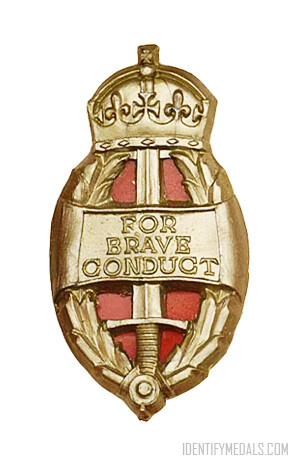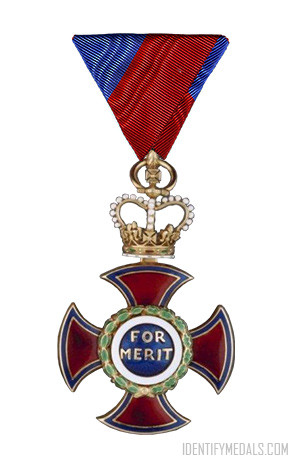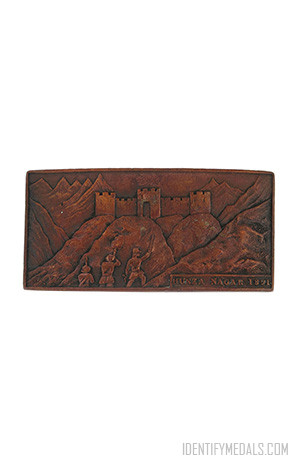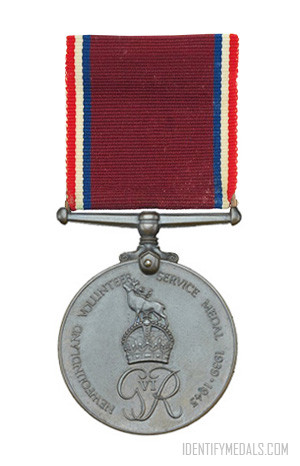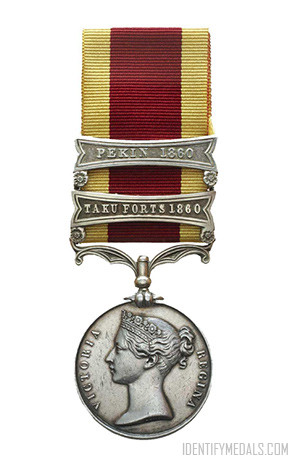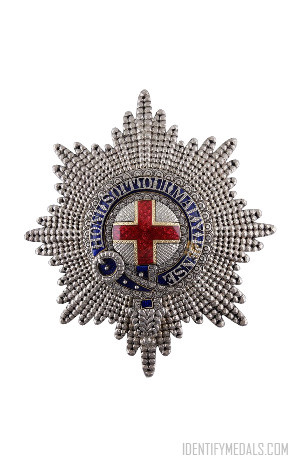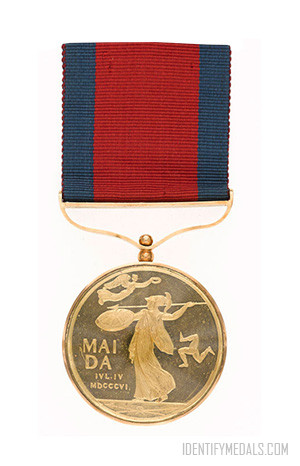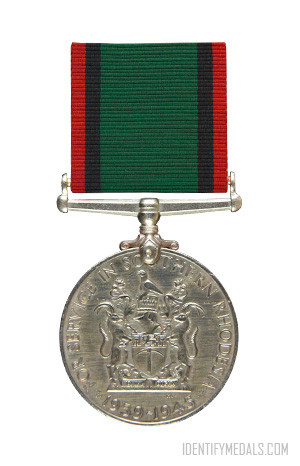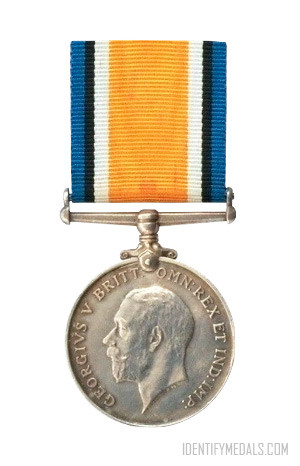- Time Period: Pre-WW1
- Year of Institution: 21 March 1851
- Country: Great Britain
The Army of India Medal (AIM) is a British campaign medal approved on 21 March 1851 and issued to officers and men of the British Army and the Army of the Honourable East India Company.
The Army of India Medal was as a retrospective award to survivors of various actions during the period 1803–1826, among them four wars: the Second Mahratta War (1803–04), the Gurkha War (1814–16), the Pindaree or Third Mahratta War (1817–18), and the First Burmese War (1824–26) with the siege of Bhurtpoor (1825–26).
Each action or battle was represented by a clasp on the ribbon. A total of twenty-one ribbons were sanctioned, and while the maximum awarded to one man was seven, most medals were awarded with a single clasp.
Because the medal was only awarded to survivors, there are substantially fewer medals compared with the number of men who served during this period. Forty-eight years had passed between the first battle commemorated and the date of issue. A total of 4,500 medals were awarded.
The Army of India Medal Design
The Army of India medal is circular and made of silver. It measures 1.4 inches (36 mm) in diameter and was designed by William Wyon.
The obverse bears an effigy of a young Queen Victoria wearing a diadem. On either side of the effigy is the inscription VICTORIA and REGINA. The reverse bears and an allegorical representation of Victory holding a laurel branch in her right hand and a wreath in her left. In the foreground is a lotus flower, with a palm tree and trophy of arms in the background. Above is the inscription TO THE ARMY OF INDIA, below in the exergue 1799-1826.
The pale blue ribbon is 1.25 inches (32 mm) wide.

